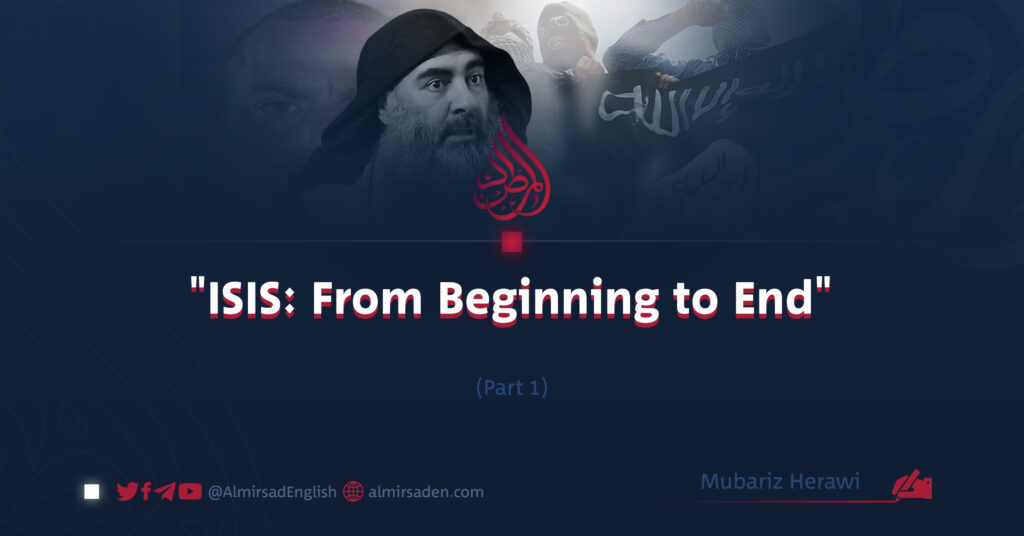Part 1
Written by: Tahir Ahrar
The year 2003 is widely regarded as the most catastrophic in Iraq’s history. Similar to NATO’s 2001 invasion of Afghanistan, which dismantled the Islamic Emirate of Afghanistan, Iraq was subjected to a devastating assault in 2003, resulting in the toppling of its government.
Immediately after the American invasion, Iraqi Shia militias began attacking the Iraqi Sunni government, which was formed by members of the Ba’ath Party. In doing so, the Shias indirectly legitimized the American invasion by forming armed groups to fight the government. Sometime later, they officially joined American ranks, fighting alongside them against the Iraqi government.
Sunni organizations endeavored to support the government in its resistance against the U.S., but their efforts proved futile, culminating in the collapse of the Iraqi regime. In the wake of this downfall, Western powers extended an invitation to the Shia community to form a new government, while deliberately marginalizing the Sunni population from both governance and political influence.
This situation was intolerable for the Iraqi Sunni population and neighboring Muslim countries, resulting in the Iraqi Sunni public raising the banner of rebellion against the government. Sunni organizations launched armed actions against the Shia militias and the government, which were fully supported by the U.S. and NATO. Several influential Shia figures were killed in these operations. This revolution and war were initiated to make it clear to the world that the Iraqi government could not protect the people and their property and, therefore, it should be overthrown.
Over time, this conflict, which began with small groups, escalated to involve larger factions, spreading its destructive influence across Iraq and inflicting significant human and material losses on both sides.
The war intensified following the brutal interrogation and subsequent execution of Saddam Hussein. In an effort to control the escalating violence, American forces dispersed throughout Iraq, committing numerous atrocities, yet failing to quell the conflict, which only grew in ferocity, necessitating the deployment of additional troops.
In 2007-2008, Barack Obama sent additional forces to contain the war in Iraq and alleviate the military pressure. As a result, a large number of American troops became engaged in the conflict, inevitably leading to higher casualties and increased war expenses.
Initially, these reinforcements managed to bring the conflict under some degree of control, prompting the U.S. to announce its intention to withdraw its forces from Iraq. This withdrawal process began shortly thereafter and concluded in 2011, with all American troops departing from Iraqi soil. However, their exit plunged Iraq into yet another bloody chapter of conflict…
To be continued…
